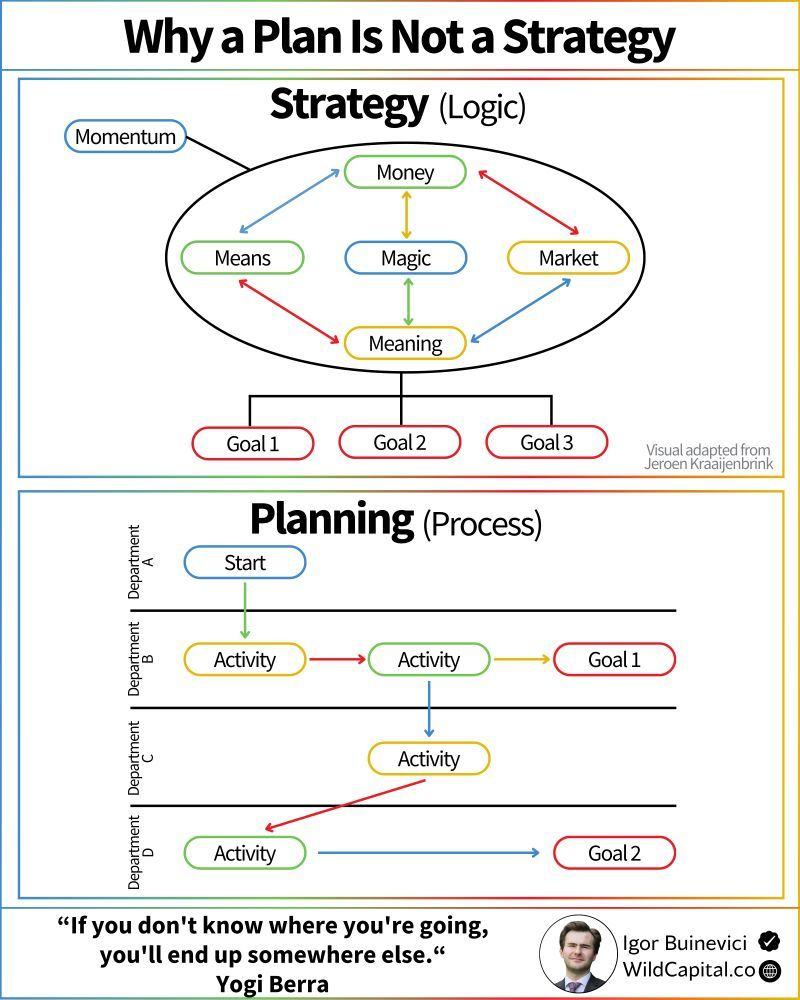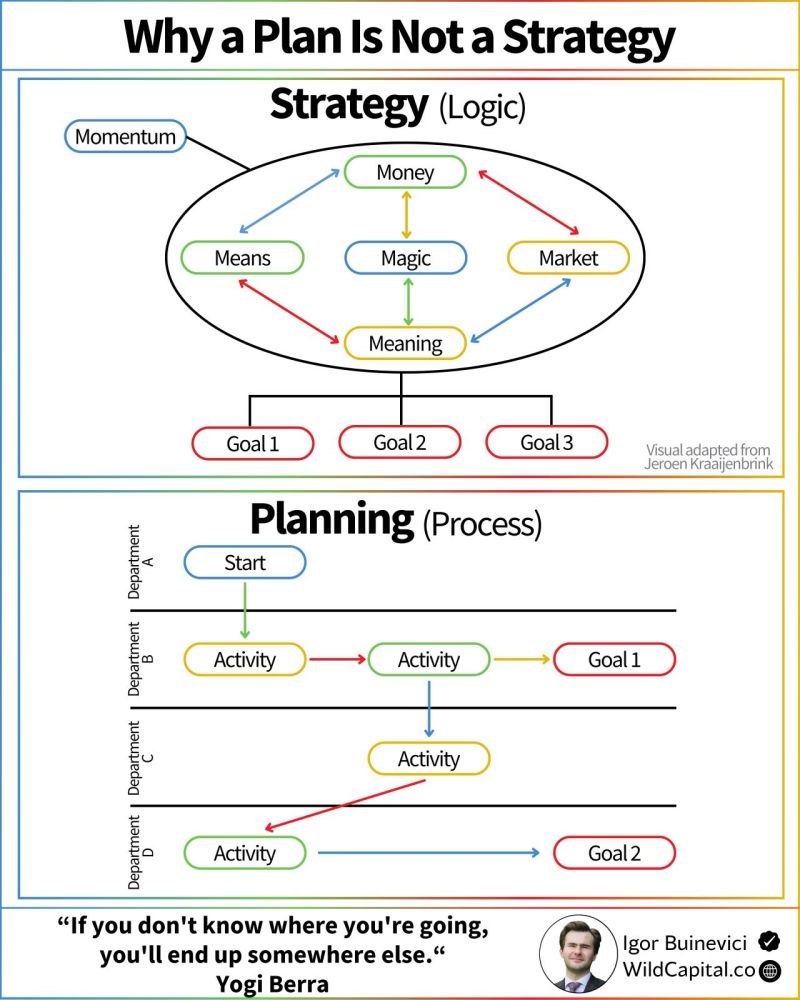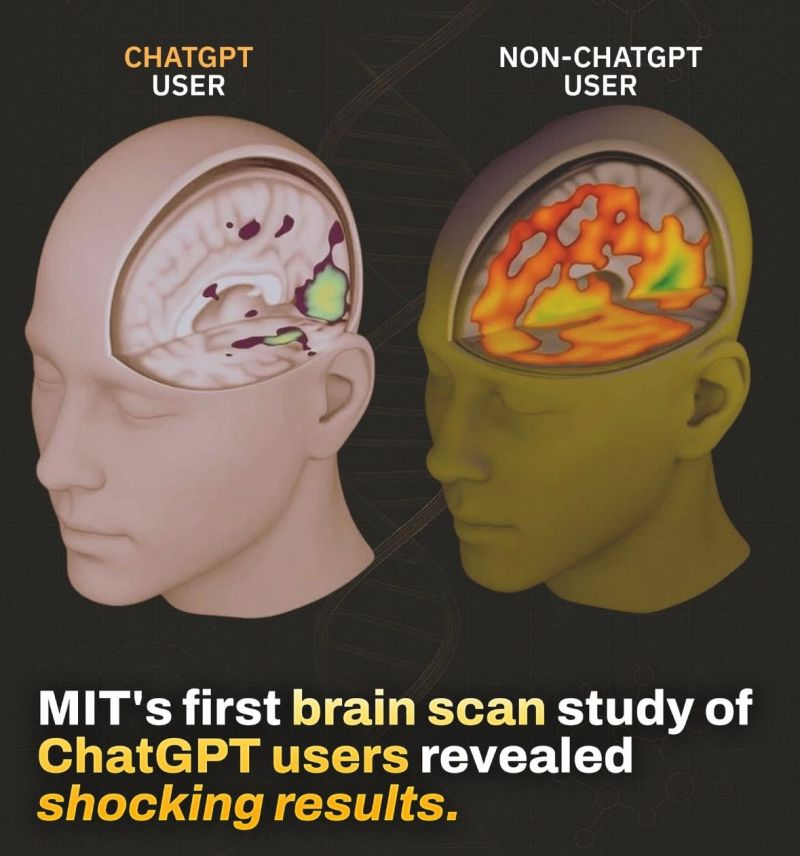From simplifying complex topics to creating study plans and quizzes, AI can help you break down information, stay motivated, and retain knowledge better.
10 ways to use AI for learning:
Explain like I’m 5 (simplify concepts)
Use real-world examples & analogies
Get motivation strategies
Role-play for practical learning
Build a structured study plan
Test yourself with AI-generated quizzes
Create mind maps for better connections
Simulate expert discussions
Use memory tricks & associations
Get AI feedback to improve your work
Which one are you trying first? Let’s discuss below! hashtag#AIforLearning hashtag#StudyHacks hashtag#WorkSmarter
10 ways to use AI for learning:
Explain like I’m 5 (simplify concepts)
Use real-world examples & analogies
Get motivation strategies
Role-play for practical learning
Build a structured study plan
Test yourself with AI-generated quizzes
Create mind maps for better connections
Simulate expert discussions
Use memory tricks & associations
Get AI feedback to improve your work
Which one are you trying first? Let’s discuss below! hashtag#AIforLearning hashtag#StudyHacks hashtag#WorkSmarter
From simplifying complex topics to creating study plans and quizzes, AI can help you break down information, stay motivated, and retain knowledge better. 💡
🔥 10 ways to use AI for learning:
✅ Explain like I’m 5 (simplify concepts)
✅ Use real-world examples & analogies
✅ Get motivation strategies
✅ Role-play for practical learning
✅ Build a structured study plan
✅ Test yourself with AI-generated quizzes
✅ Create mind maps for better connections
✅ Simulate expert discussions
✅ Use memory tricks & associations
✅ Get AI feedback to improve your work
Which one are you trying first? Let’s discuss below! 👇 hashtag#AIforLearning hashtag#StudyHacks hashtag#WorkSmarter
0 Σχόλια
0 Μοιράστηκε
154 Views
0 Προεπισκόπηση









